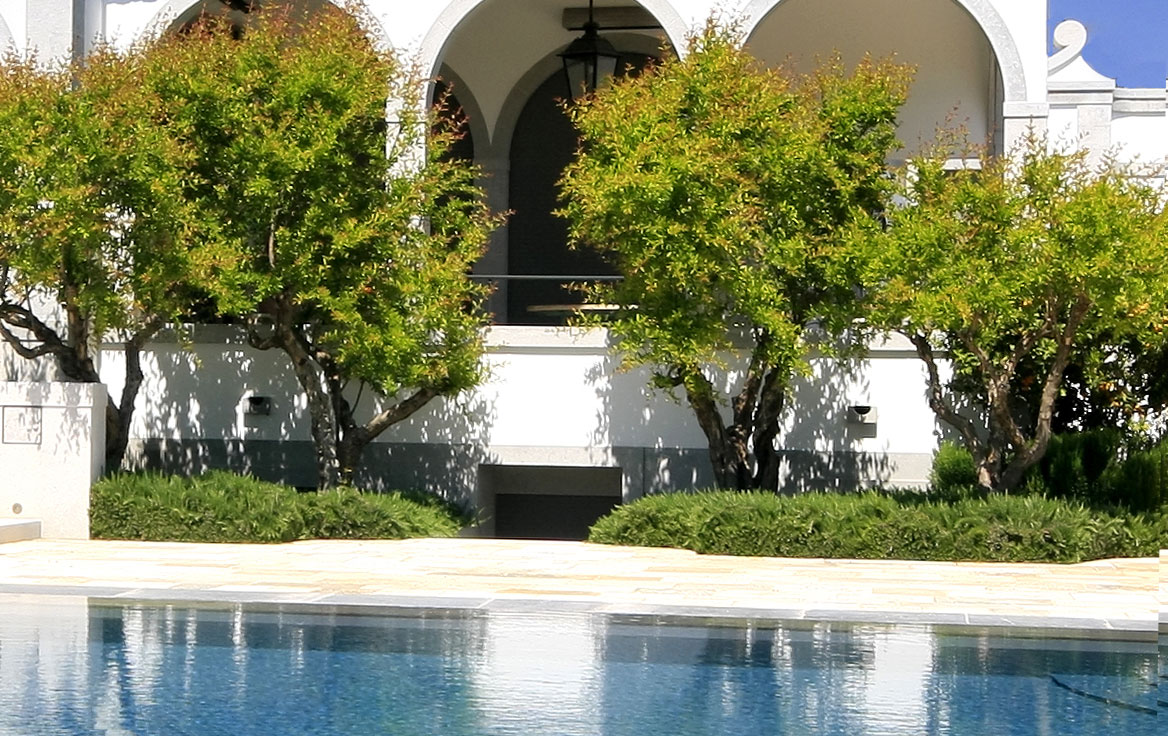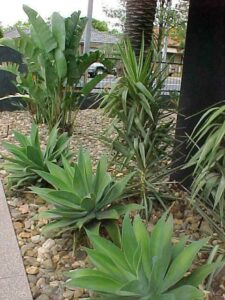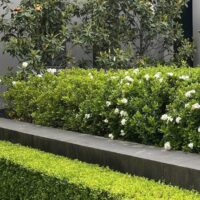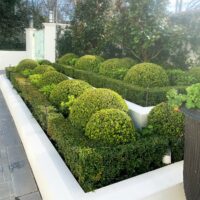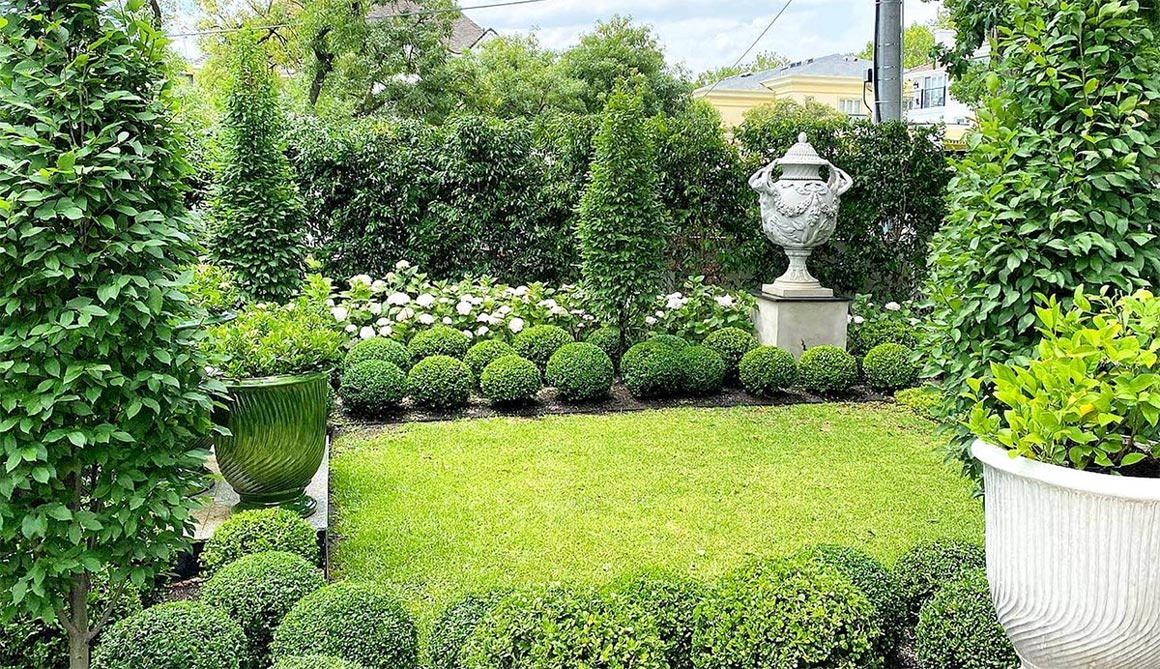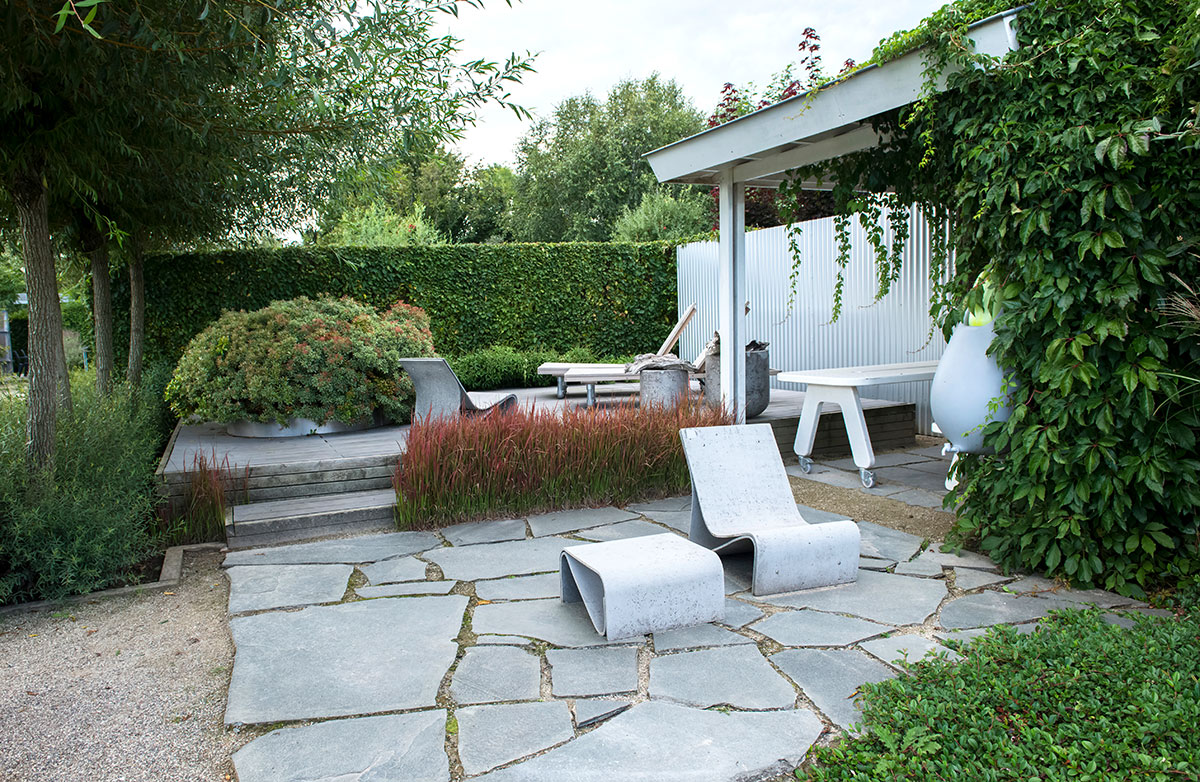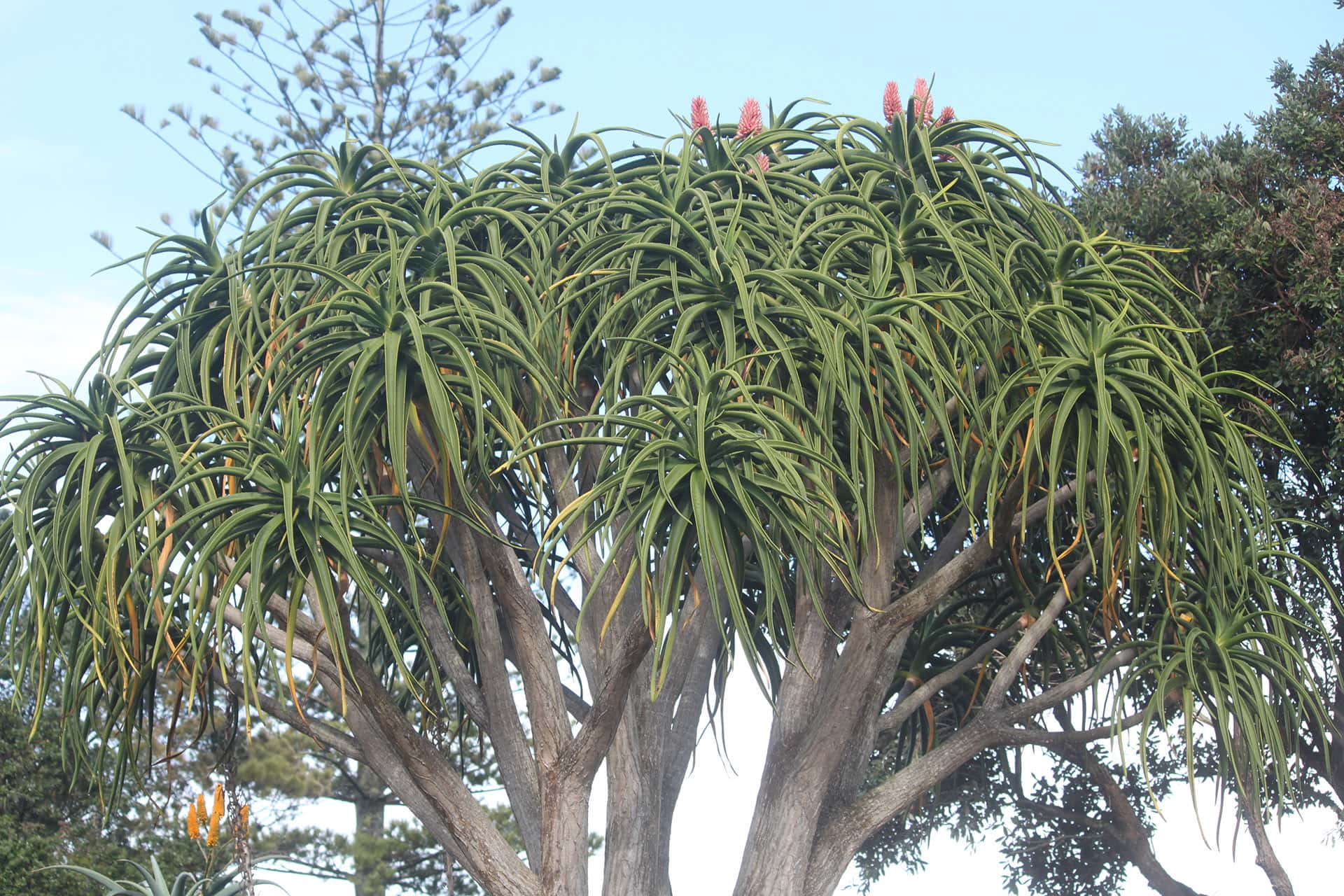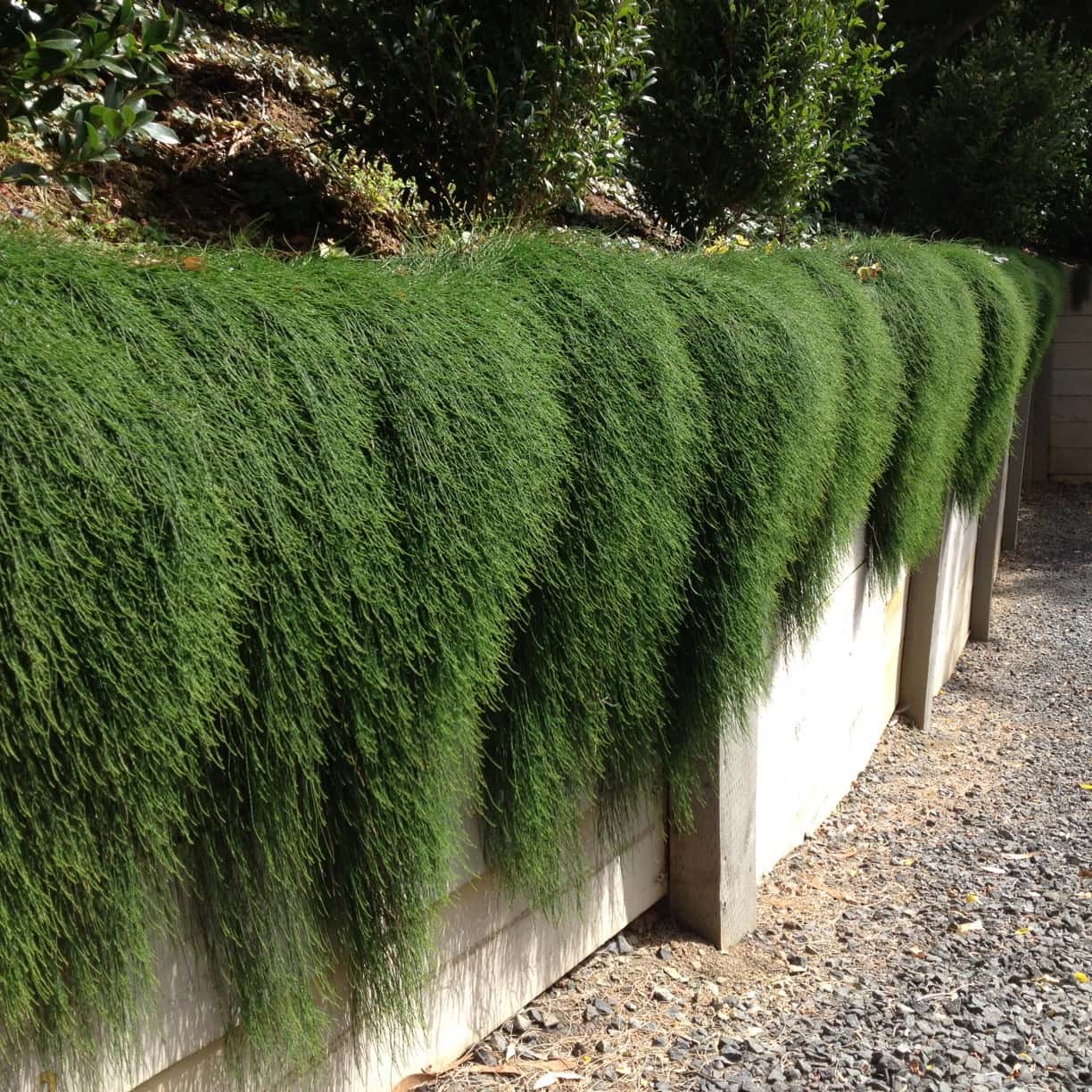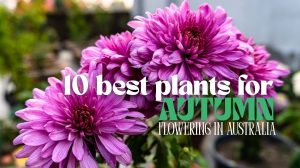Modern Minimal Garden
A Minimal Modern garden style is really a reflection of the minimalistic style of modern housing designs. These feature simple lines with big, bold shapes and textures. As the name implies, a minimal garden will feature a small number of plant varieties, perhaps limiting the choice to just three or four, but even sometimes only one or two. It will feature repetition of these handful of plants, and use strong and repetitive shapes in an asymmetrical layout.
It may have a large, trimmed, but naturally shaped plant like a Macrocarpa Cyprus or Creeping Salt Bush that dominates the design. Or a box hedge or Myrtus Luma, again shaped into interesting sculptural shapes used repetitively. Minimalistic gardens also tend to be functional with clearly defined areas where the garden invites you to walk here and sit there, and you can see exactly that. Overall, the look is about pure simplicity that evokes both order and beauty.
Plants for a Modern Minimal garden
Modern Fusion Garden
Just like a minimalistic garden, a Modern Fusion Garden is defined by its constraints, but those constraints are not so obvious. There is order but it’s balanced by some disorder too. What you are trying to do is combine things that you wouldn’t normally put together to create a sense of the unexpected.
The idea of a Modern Fusion garden is to have a large feature with one or two really dramatic plants, then a few surprising plants that become the supporting act to the main feature. So, you might feature a Cloud Pruned Lilly Pilly in the centre of the garden, with Correa alba clipped into large balls around it and then beyond that, Senkaki Maples and Scleranthus Lime Lava for ground cover.
Plants for a Modern Fusion garden
Modern Layered Garden
As the name suggests, a Modern Layered Garden features repetitive planting of plants at an increasing height, moving back. Beginning with ground covers, each row of plants increases in height in stepped layers, the one behind being a little, or a lot, taller than the one in front of it. With a Modern Layered Garden you can choose to keep the layers in similar tones of green, but with subtle changes of texture and contrast between the layers. You can also have one layer that flowers or is of a contrasting colour just to break it up. Think of a range of heights starting from ground cover up to six metres of height at the rear.
So, you might start with a ground cover like an Asiatic Jasmine for example, then perhaps a low English Box hedge, with another medium hedge behind it then up to a taller hedge behind it, like a Ficus hedge. But if you have a wall or fence, you can also incorporate this into the layered design, perhaps with something like a Boston Ivy growing on it. Or you can simply leave it as it is, and it will become the final layer of your garden design itself.
Plants for a Modern Layered garden
Modern Green & White Garden
One way to ensure your garden stays relatively timeless is to use the classic colour combination which is the “little black dress” of the gardening world: the Modern Green & White garden. Using green and white as dominant colours in a garden have always worked beautifully together to give it a very classy and sophisticated look. There are so many plants to choose from when creating a modern garden with a green and white theme that even with this limited colour palette, there is still room for diverse style and creative expression.
For a simple way of creating a Modern Green & White garden, follow the basic concept of a layered garden, but for your white plants choose a White Carpet Rose that flowers most of the year, keep the white there. Alternatively, there are Iceberg Roses and Gardenias and Orange Jessamines (which are white not orange!). You could also choose white Hydrangeas like the Annabelle variety, which are pure white and show right through Spring and Summer. Since you are layering you can use taller rose bushes or even trees like an Ornamental Pear. If you want to use green trees, a Linden Tree is a great backdrop.
Plants for a Modern Green & White garden
Modern Green & White Garden, with a touch of colour
Another twist on the Modern Garden with a Green & White theme is to incorporate just a touch of another colour to add a subtle variation to it. You keep the overall theme of Green & White but you keep it simple and add one more colour. The idea is not to go over the top by adding lots of different colours, just a single extra hue for a bit of contrast and interest.
So you might add some climbing Wisterias to your garden for their soft purple tones or some Salvias with their striking rich blue. For another touch of purple, you might choose an Atropurpureum Maple or a Forest Pansy with its pink blossom and purple leaves in summer. You might like something golden like an Abelia Kalediscope or something silver like a Silver Bush or a Licorice Helichrysum.
Plants to give a touch of colour to a Modern Green & White garden
Modern Sculptural Garden
Creating a Modern Sculptural Garden can be a bit of a challenge. Some people can make the mistake of buying lots of sculptural plants then trying to put them all together and it just creates a disharmony. So again, the theme for this kind of garden is simplicity and using a maximum of three different types of plants in each section, with only one type of sculptural plant.
For example, your sculptural plant could be something with a very definite shape, like an American Aloe (Century Plant) or a Gymea Lily or a Mexican Giant Spear Lily. All very dramatic looking plants. Or you could choose a cloud pruned Olive or cloud pruned Lilly Pilly.
You can either trim the plant into something sculptural, or use plants that are already created by nature as a sculpture. Use these plants as your focus, and then have something less dramatic that “steps down” from that, because you don’t want too much visual drama going on. You might use White Creeping Thyme as a ground cover or Westringia cut into balls or Creeping Salt Bush cut into gentle shapes. The idea is to fill the spaces in between the strong visually sculptural plants with some simpler plants that become the support act for the main show.
Plants for a Modern Sculptural Garden
The hallmark of Australian Native Gardens that took off in the late 60s and early 70s was that they quickly became overgrown jungles. You almost had to use a machete to get through them to your front door! But the Modern Native Garden stands in stark contrast to those of the past, mostly because the careful breeding and selection of Australian natives over the years now gives you smaller, prettier versions of the same plants. The discipline now for a Modern Australian Native garden is to restrict yourself to just three or five plants. You don’t want it all to grow wildly and fill up all the space. Or, if you do, try a Cottage Style Native Australian Garden.
So you might start with a “Little John” Callistemon which grows just 80 cm tall and the same width or a Casuarina “Cousin It” plant which grows flat on the ground. Then you might choose a Kangaroo Paw, but one of the newer varieties that doesn’t grow to 6 feet tall.
Whatever you choose for your taller plants, the idea is to trim off the bottom branches so you can see through to the ground cover or lower plants. This is how you create space in the garden. The great news is that a Modern Native Garden can grow in a very small garden space, if you follow a few rules. Keep the number of plants down to three, four or five at most, choose the smaller varieties, and don’t over plant. Keep lots of space there.
Plants for a Modern Native garden
Today there are lots of native grasses on the market and a lot of them are not only hardy but very attractive. And you can mix them up with exotic(non-native) grasses as well, and that’s how you create the Modern Grass Garden. Once again, keep it simple. Select only three to five different types of grasses. And follow the rule of the bigger the area you are covering, the more you should stick to just one variety of grass for that patch.
Don’t “salt and pepper” your grasses with too many varieties mixed up in the same space. You are trying to create a block of yellow here, then a block of red over there, then a block of silver and a block of green. Try to keep the grasses in blocks. In a larger area, increase the size of the block of each type of grass, rather than adding more types of gasses.
With big areas try to choose nice soft grasses like Tanika or Swamp Foxtail Grass that look lovely waving in the wind. Maybe add some Banksia Marginata for some contrast in among the grasses or some Mexican Spear Lily. Don’t forget that a few big rocks here and there work well in a Modern Grass Garden. Again, keep it simple, not too many different plants in the one space and it will all work beautifully.



